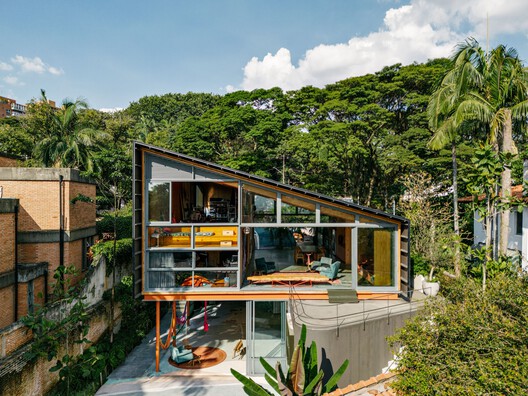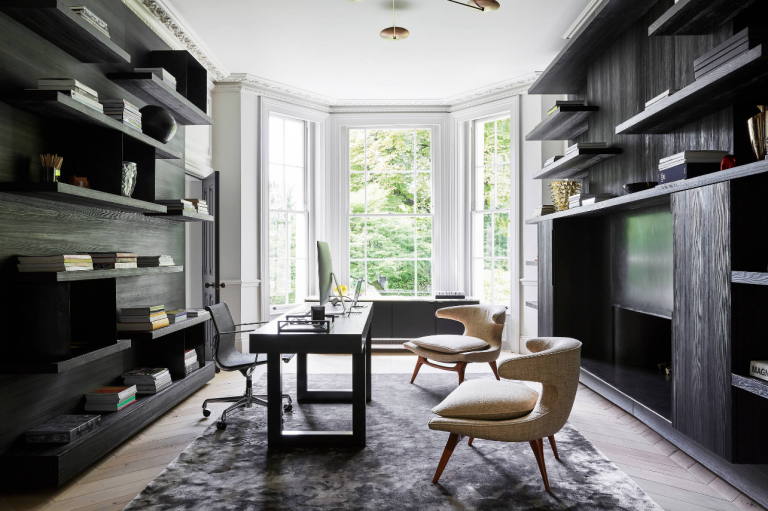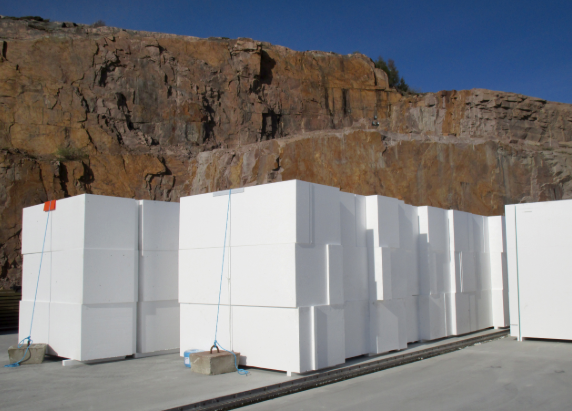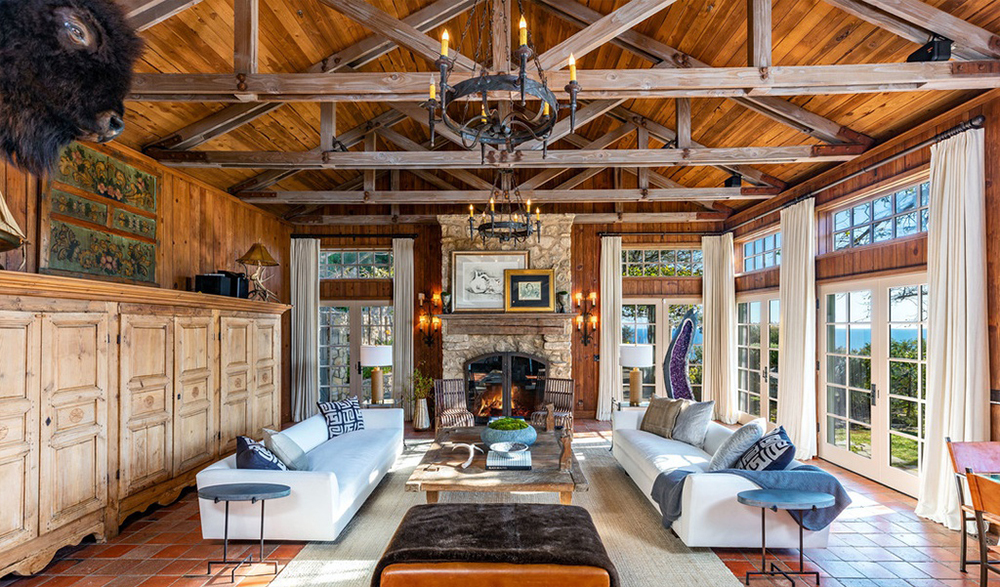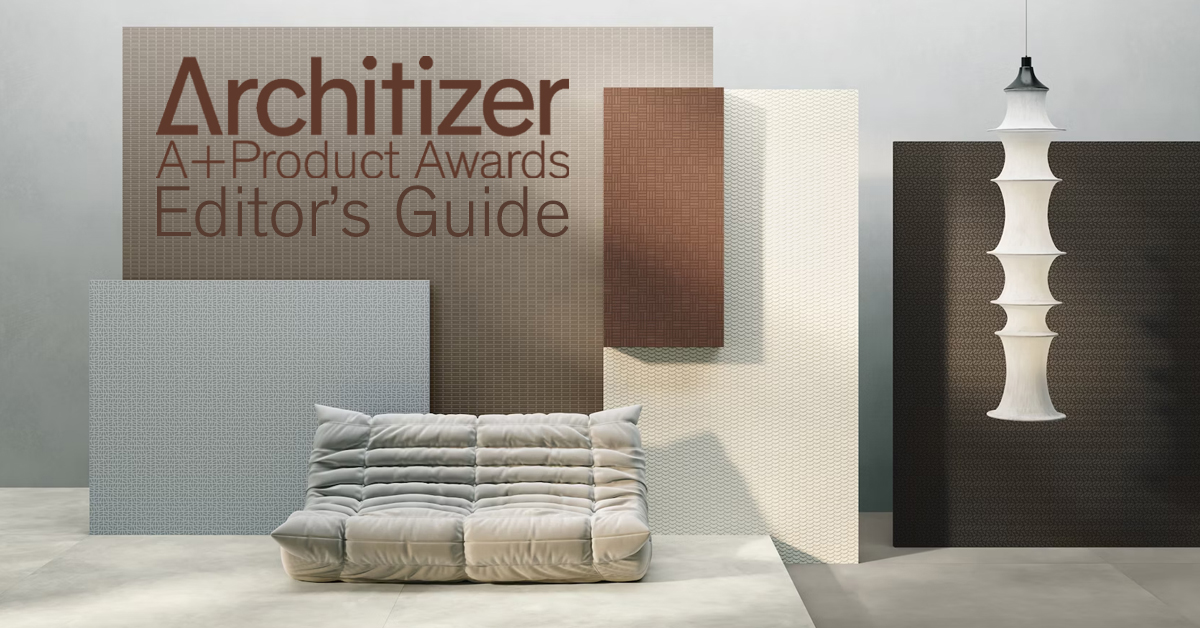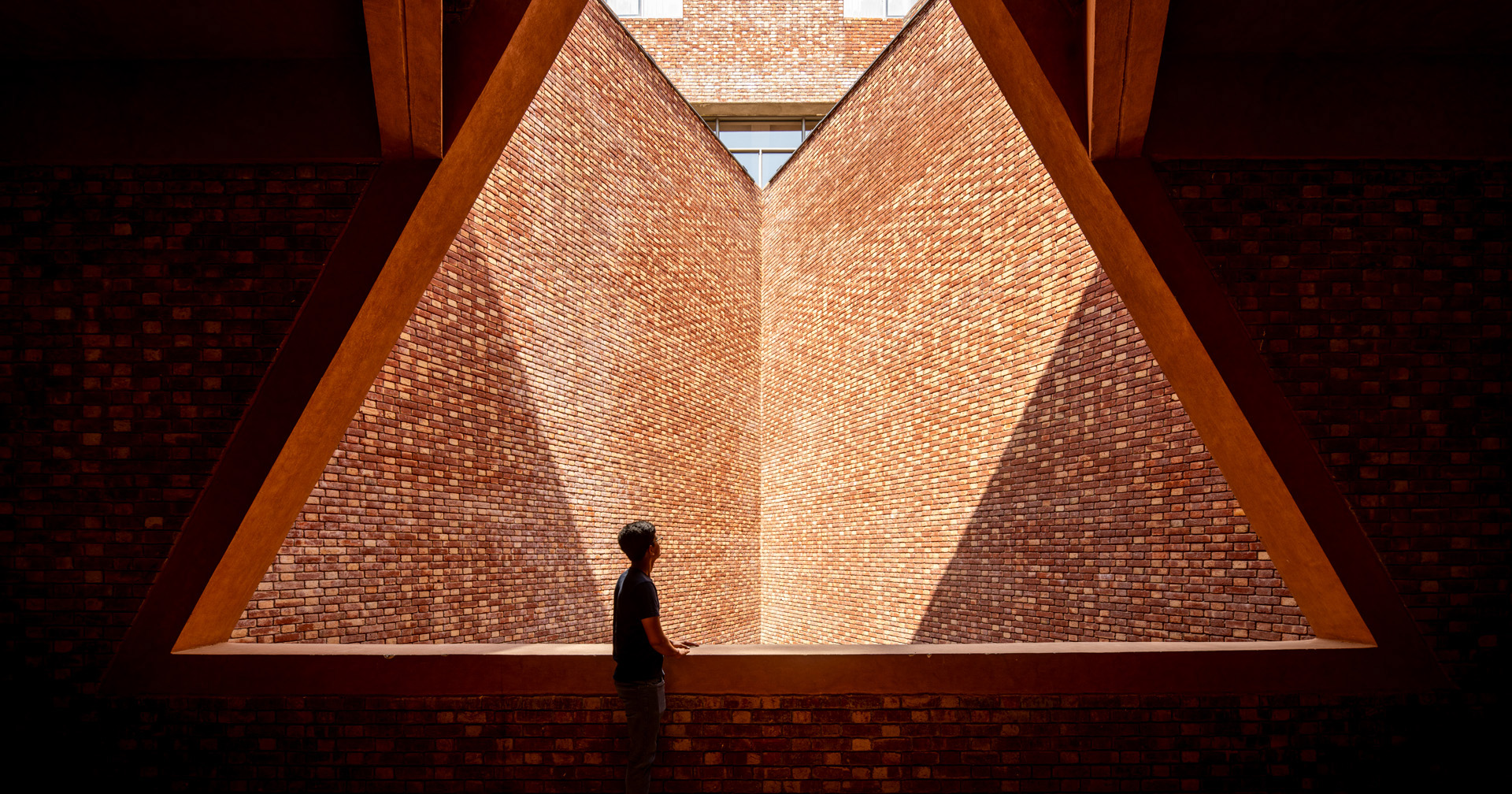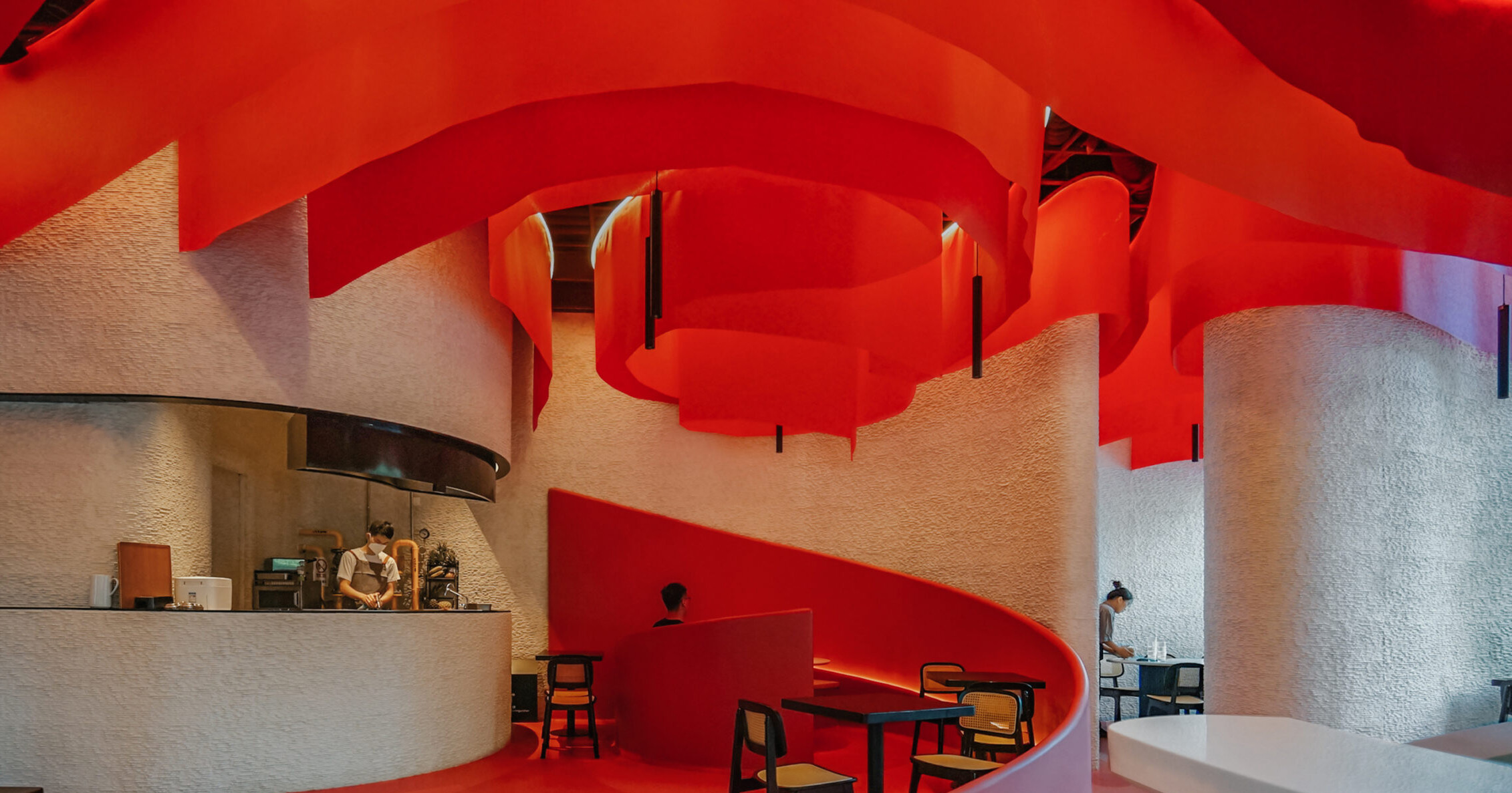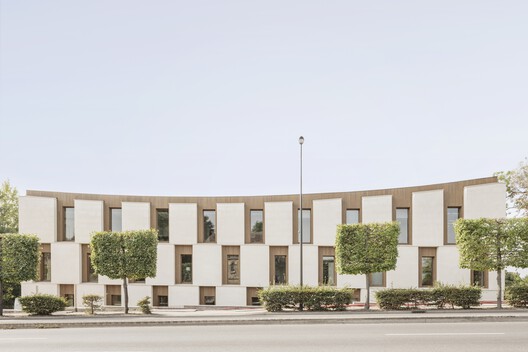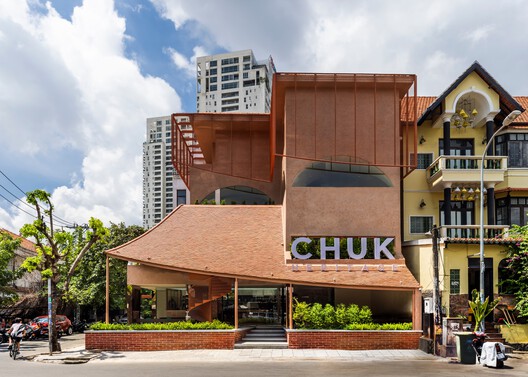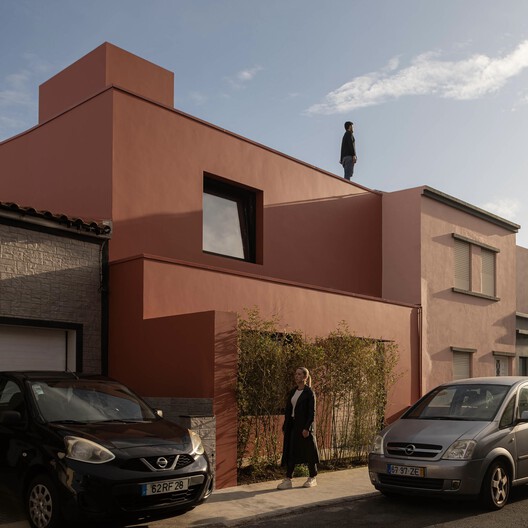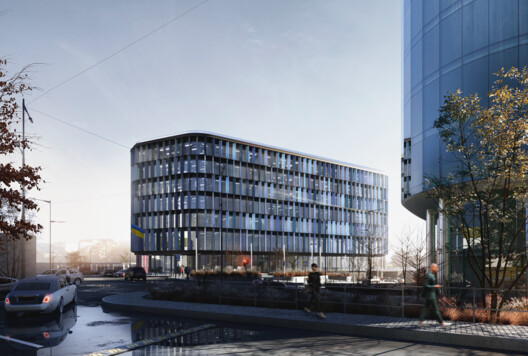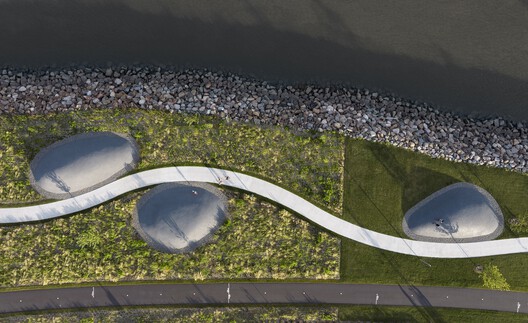Biophilic Architecture without Plants: Invisible Design for Wellbeing

 Zolaism Café / B.L.U.E. Architecture Studio. Image © Eiichi Kano
Zolaism Café / B.L.U.E. Architecture Studio. Image © Eiichi Kano
The term "biophilia" understandably conjures images of buildings engulfed by vegetation and integrated into natural landscapes. In modern architectural discourse, the concept has come to be associated with the incorporation of greenery into built environments, yet such applications represent only a sliver of biophilic design's true scope. Inarguably, nature plays a central role in biophilic design. However, its influence stretches to often-overlooked strategies that involve spatial configuration and environmental patterning. "Invisible" biophilia frequently leads to positive health outcomes for occupants, working impactfully beneath the surface.
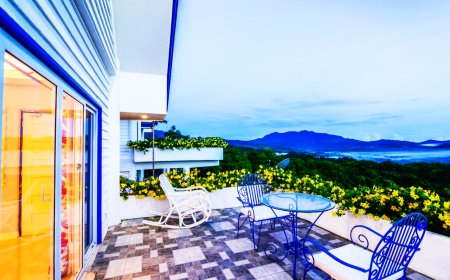






.jpg)




